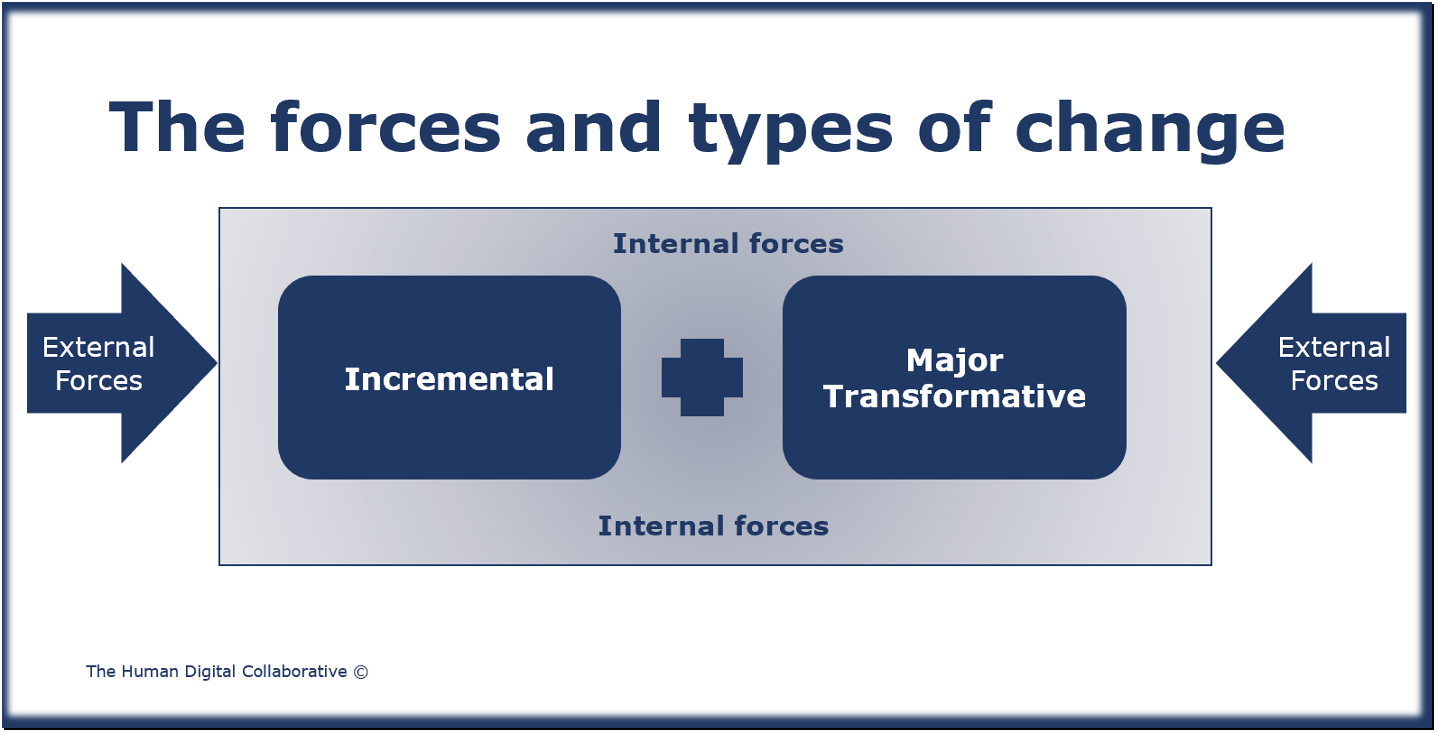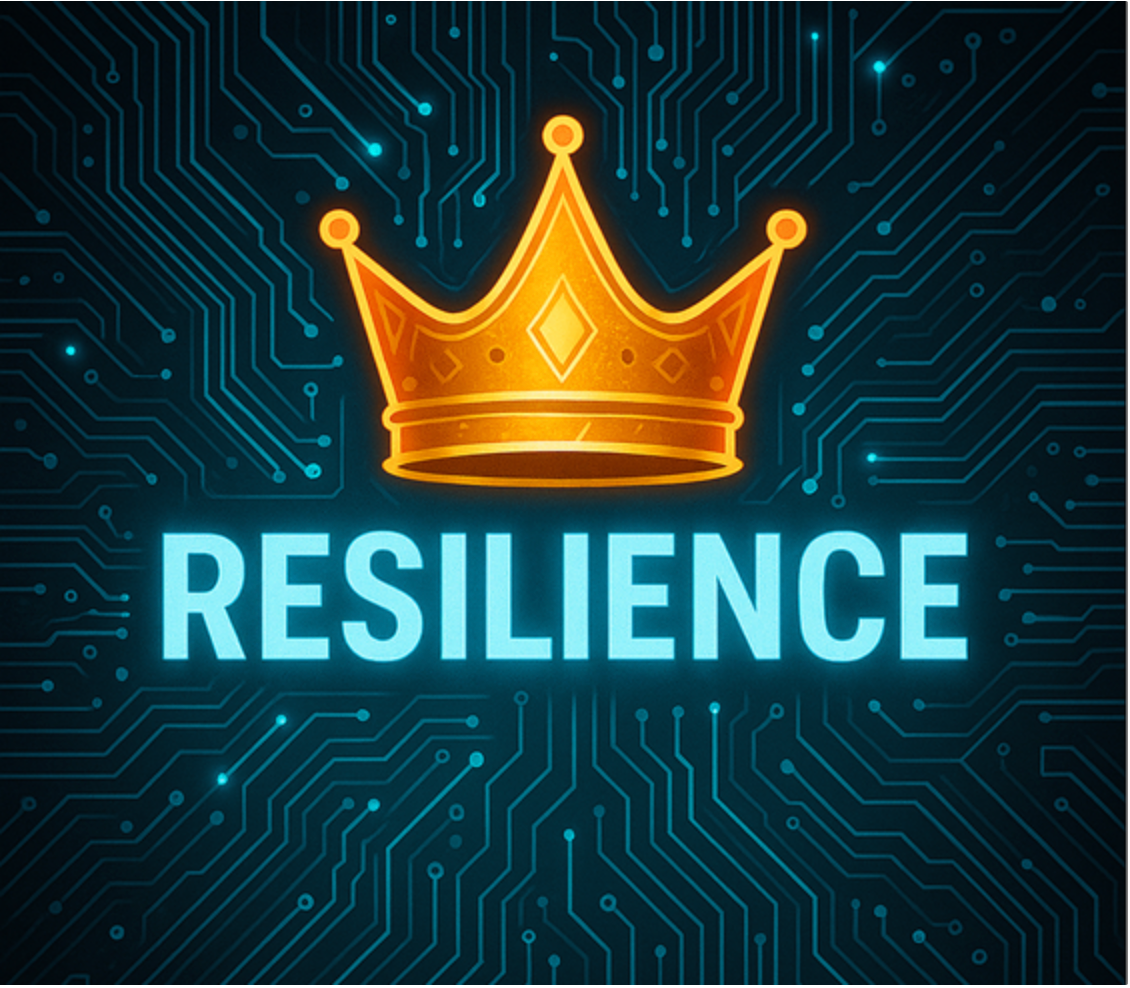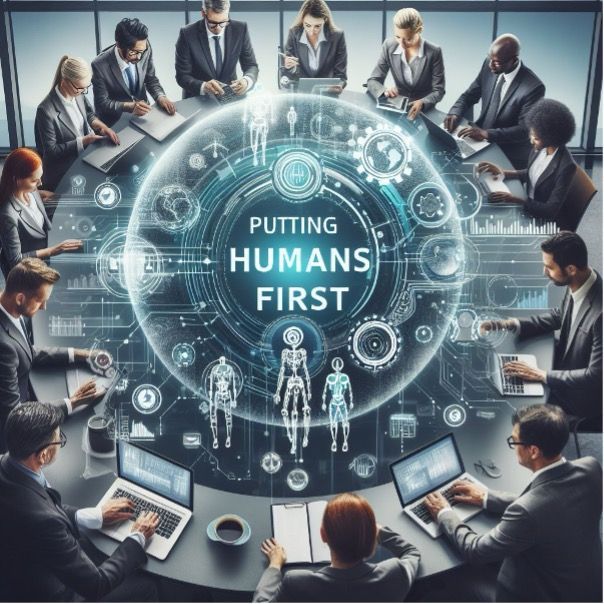Types and Forces of Change
Figuring out your key forces and types of Change

Ever been involved in a change programme or initiative where people seem to be pulling in different directions?
Change is put simply moving from a current to a future state.
However, change is often not that simple to implement – change can be thwarted or resisted for a number of reasons whether its internal or external.
For example, people can often want to subvert or resist change and pull back to where you started or simply refuse to change.
As a leader, if you want your change ambitions and plans to be a success – a key aspect is figuring out what are the key forces at play that are or could impact change along with the type of change you are undertaking. See below the forces and types of change model a summary of managing the tensions between internal and external forces along with major transformative versus incremental change.
The forces of change
The forces of change can be external and internal. Both forces can bring benefits and risks. How you manage and respond to these forces matters with any change initiative.
External Forces
Factors such as political, economic, social, technological change or simply competition can force a business to change. As a leader identifying the external forces which have the biggest impact to your initiative could change over time; so, monitoring these forces and predicting any potential impact will help you to plan a smoother more successful implementation of your change plan:
- Political - Political forces can change many aspects of your change initiative – major elections in key countries can have huge ramifications across the globe if the political leadership changes. Depending on the nature, size, and complexity of the change you are undertaking newly elected political parties can force change - political party preferences can be beneficial and boost change or be detrimental by destroying change. Therefore, paying attention to, and anticipating any change in politics in the markets you operate can help you scenario plan and mitigate any risks.
- Economic – The economic impact of the markets within which you operate again can have a major impact on your change initiative. For instance, funding streams can open up or dry up depending on the state of the economy in the areas your organisation operates – so keeping a close eye on economic factors which can have a direct or indirect impact on your change programme is important.
- Social – The norms in a society may differ across your market base particularly if you operate on a global scale. As a leader, for example it is important to recognise ‘moments that matter’ or small steps in successful completion of change milestones. However, you need to pay close attention to how you reward people for positive progression along the change journey – as this may differ from region to region or country to country. The use of symbolism is a powerful tool in any change armoury, and it has been proven symbolism may assist in removing resistance to change and increasing the positive emotional attachment or mindset shift in moving towards change. Executive symbolism used in change can have an enormous impact, but its usage needs to be tried and tested i.e. again watch out for social norms i.e. what works and what does not with your employees.
- Technological - The force of technological change is causing major shifts in society, how we work, live, and exist from computers to mobile phones to artificial and cyber intelligence are but a few examples forcing change.
- Cyber security threat for instance presents huge risk. How we use technology to view cyber risk both from a prevention, detection, protection, and ongoing management can force significant changes to your business and therefore bring about change initiatives, such as how you manage your workflow, processes, and report issues up to Board level.
- Harnessing digital technology and using it to your advantage in any change initiative is a must – but also factoring into your initiative how you cater for those stakeholders who are wary of technology or unable to access or use digital technology. For instance, if you send out a survey to gather information for your change programme – does everyone have online access? Can people understand your survey i.e. is the language simple? Do you need to use voice recordings or face to face survey completion techniques as alternatives?
- Competition – competition can be a positive or negative force for your business but ignore it as a leader at your peril. How easy is it for competitors to leapfrog ahead of your change plans and will that have an impact? If the answer is ‘easy’ and ‘yes’ then you need to assess the time, effort, and value of your change plans. Many organisations have fallen foul of not understanding the competition, their products or new business models and ultimately its caused the demise of their business. However, competition can be healthy in forcing change for ‘good’ and for the ‘betterment’ of the organisation and its employees.
Internal Forces
Internal forces such as a change in leadership, strategy, or employee happiness, or business performance can trigger the need for change but also impact the direction of your change initiative whilst it is in flight.
- Strategy - A change in strategy is a catalyst for change. For example, having an AI strategy across your business can bring about change in governance, usage, and management in an organisation – and managing the ‘change’ as a result is key to success.
- Leadership - Another internal force that can have an impact on a change initiative is how the organisation and change is led. For example, a new leader in an organisation, can bring their own stamp of authority and view of change and therefore ‘do things’ differently. Leadership is a significant force in charting the course for change i.e. some leaders are happy with the status quo, and continue with the current change programme, some may stop or other leaders eager to make a mark start change anew.
- Employees - Employees are an internal force for change. If they are happy and ‘buy’ into the change, understand, participate, and see the benefits, the path of change should be relatively easy to follow. However unhappy staff can be unwilling to change, unwilling to participate and resistant to new ways of working. Unhappy staff may also be a ‘just cause’ for change, so finding champions within the organisation who can help shape and influence the change momentum. Regular communication and feedback from employees can give you actionable insight to make ‘timely’ change interventions.

The types of change
There are two types of change, which you often find in large organisations both can be employed as types of change:
Small incremental change
- This is small often easy quick business improvements limited in size, scale, and time.
- Small changes can be more effective in ‘convincing’ colleagues or employees of the benefits of change especially when ‘quick wins’ make a difference.
- It is the small moments that matter that can gradually build over time to amount to larger-scale change if the minor changes are added together to form part of a managed change strategy.
- Change method selection is important (such as a business improvement – continuous improvement change method) and can be a blend of methods.
Major transformative change
- This is huge scale often enterprise-wide major change in strategy, structure, workforce, performance, and process.
- Usually, this type of change is conducted in a large organisation over a number of years.
- Budgets and resources invested are significant in size, scope and scale.
- Change method selection is important and can be a blend of methods.
As a leader its important to understand the type of change which could be a blend of both transformative and incremental. This maybe obvious but too many change programmes fail because for example they under-estimate the size of the change, the budget required, or they do not employ effectively appropriate change methods, training or quality controls.
In Summary
As a leader, figuring out your external and internal forces of change is important, and this can influence the type of change you are undertaking i.e. major transformative change and or smaller incremental change.
Monitoring and managing the forces of and types of change can help mitigate any risks, build some contingency into your change plans and boost benefits.

In other words, you can get everyone to ‘pull in the same direction’ with some ‘rope’ to spare to manage any eventualities.
This is a snapshot into some of the considerations of change. As a leader, you may also find a fuller brief on the overall change journey see the ‘C’s for Change’ and a ‘C’s of Change’ checklist a useful additional tool to support your change programme.
At the Human Digital Collaborative, we can offer through our Business Consultancy, change experts who can understand your needs and see where we can help in your change journey.
Do reach out to us – the Human Digital Collaborative.com







